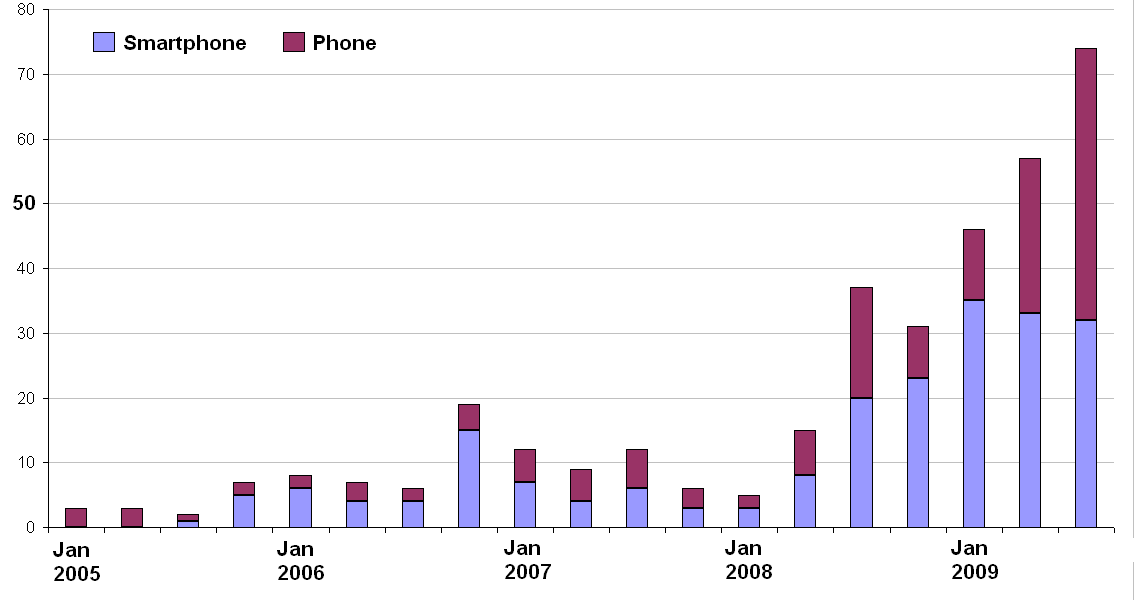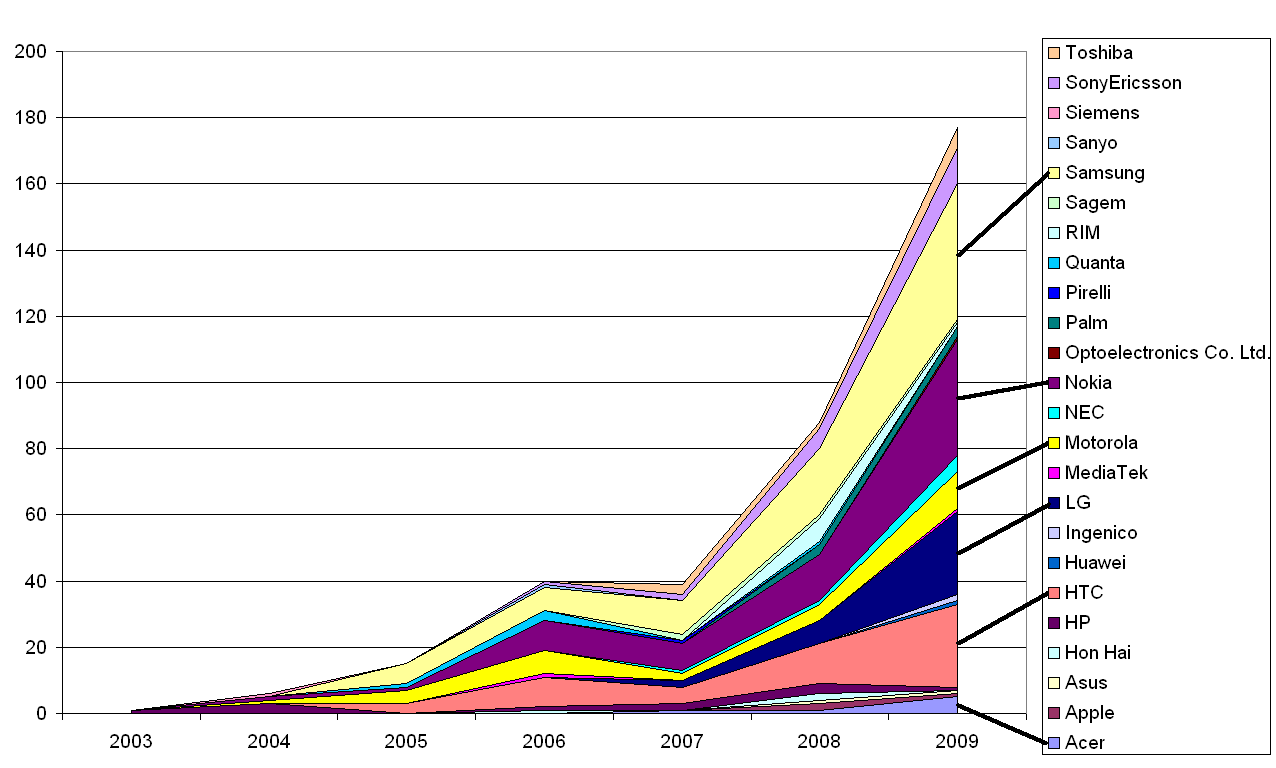I wrote earlier about FCC chairman Julius Genachowski’s plans for regulations aimed at network neutrality. The FCC today came through with a Notice of Proposed Rule Making. Here are the relevant documents from the FCC website:
Summary Presentation: Acrobat
NPRM: Word | Acrobat
News Release: Word | Acrobat
Genachowski Statement: Word | Acrobat
Copps Statement: Word | Acrobat
McDowell Statement: Word | Acrobat
Clyburn Statement: Word | Acrobat
Baker Statement: Word | Acrobat
The NPRM itself is a hefty document, 107 pages long; if you just want the bottom line, the Summary Presentation is short and a little more readable than the press release. The comment period closes in mid-January, and the FCC will respond to the comments in March. I hesitate to guess when the rules will actually be released – this is hugely controversial: 40,000 comments filed to date. Here is a link to a pro-neutrality advocate. Here is a link to a pro-competition advocate. I believe that the FCC is doing a necessary thing here, and that the proposals properly address the legitimate concerns of the ISPs.
Here is the story from Reuters, and from AP.


